Optimal participates in the USAID Global Education Summit
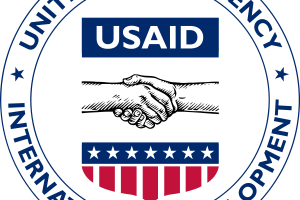
The United States Agency for International Development (USAID) held its bi-annual Education Summit from August 6 – 8 in Washington, DC. » Read more
Enabling Real-Time Data-Driven Public Policy Decision Making

The United States Agency for International Development (USAID) held its bi-annual Education Summit from August 6 – 8 in Washington, DC. » Read more

In an effort to sustainably reduce poverty and hunger through its Feed the Future (FtF) global initiative, the United States Agency for International Development (USAID) works with host governments, development partners, and other stakeholders to address the root causes of global hunger. The initiative seeks to: 1) facilitate efficient market systems to meet the growing demand for food; 2) increase agricultural productivity; and 3) increase incomes so the poor can purchase food. There are 20 countries selected for the initiative, which aims to improve the countries’ and their communities’ capacity to better cope with adverse conditions that lead to food crises.1
One of the 20 selected countries was Liberia, whose principal sector of activity is agriculture yet is a country plagued with food insecurity, widespread poverty, high unemployment, low human capital, and a recent outbreak of Ebola. The FtF initiative in Liberia has two main objectives: support growth in Liberia’s agricultural sector and improve the nutritional status of Liberians. In order to know how to better implement programs that work toward these two end-goals, USAID contracted Optimal Solutions Group, LLC (Optimal), under the USAID Learning, Evaluation, and Analysis Project (LEAP) contract, to conduct a population-based survey (PBS). Optimal worked alongside the University of Liberia-Pacific Institute for Research (UL-PIRE) to develop the survey and associated reports, and make ensure the use of sustainable methods so that UL-PIRE had the expertise to conduct future surveys.
The LEAP team sought to conduct near real-time data collection that would also prove to be sustainable for future surveys, so they used Asus Nexus 7 tablets for data collection, provided supervisors with laptops for quality review and daily data upload, and used Open Data Kit as the data collection software. The team made all these selections after conducting thorough field tests and after modifying the survey questions for the electronic and paper versions.
The team conducted the PBS in six Liberian counties— Montserrado, Nimba, Bong, Lofa, Grand Bassa, and Margibi—via a cluster approach and collected data on the following criteria:
The LEAP team was scheduled to travel to Liberia to hand off the laptops during summer 2014, but the trip was canceled due to WHO and CDC travel warnings. Instead, the team arranged for laptops with software already installed to be sent to Liberia.

Poverty has afflicted Bangladesh since its independence in 1971. Since then, the U.S. Agency for International Development (USAID), has designed and implemented projects to promote private-enterprise development and employment generation. These previous USAID-funded projects had the same goals of 1) strengthening product, market development, and market linkages; 2) promoting economy-wide and sector-level reforms; and 3) increasing lending to target firms. Like these projects, the Poverty Reduction by Increasing the Competitiveness of Enterprises (PRICE) project is a 5-year project that aims to increase economic development in Bangladesh by alleviating limitations in the country’s lead value chains of horticulture, aquaculture, and leather.[1]
Through the Learning Evaluation and Analysis Project (LEAP) contract, USAID contracted Optimal Solutions Group, LLC (Optimal) to conduct the final performance evaluation of the PRICE project. The project, which was implemented between 2008 and 2013 with a total funding of $12.9 million, had the goals of increasing pro-poor economic opportunities; improving workforce skills and social-compliance practices; improving governance practices related to economic growth and poverty reduction; increasing small and medium enterprise development; increasing the growth of the non-textile private sector; and increasing capacity and use of knowledge-management systems.[2]
Optimal’s LEAP team came upon mostly positive findings, such as the fact that PRICE succeeded in achieving its project goals across the three sectors; lead horticulture firms benefitting from the project in community mobilization, training, and adoption in bigger communities and geographic areas; and the project increasing women’s technical skills in horticulture and aquaculture.
To view the full report, please click here
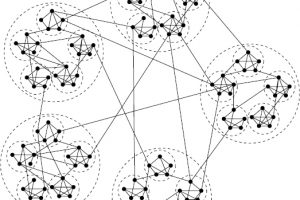
This year marks the fourth year of the Small Business Administration (SBA)’s Regional Cluster Initiative pilot program. » Read more

After the fall of the Soviet Union in 1991, Armenia has struggled to regain political, social, and economic stability. » Read more

The LEAP team conducted cost-benefit analyses (CBAs) of four agriculture-related projects in Ethiopia to assess the beneficiary, social, and financial outcomes of the following interventions: Agribusiness and Market Development (AMD), the Livestock Growth Project (LGP), Pastoralists Resiliency Improvement and Market Expansion Project (PRIME), and Graduation with Resilience to Achieve Sustainable Development Project (GRAD). » Read more

The U.S. Agency for International Development (USAID) started the Learning, Evaluation, and Analysis Project (LEAP) in 2011 with the goal of providing assistance to developing countries. » Read more
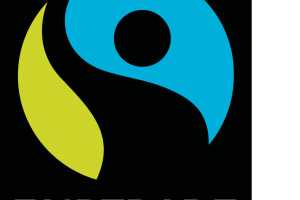
Optimal’s Research Analyst Kelsye Turner will be giving a brown bag presentation on fair trade at noon on November 12, 2014. » Read more
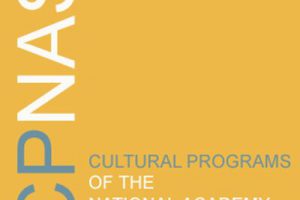
The office of Cultural Programs of the National Academy of Sciences (CPNAS) is hosting an exhibition of a selection of Dr. Ben Shneiderman’s treemap works. » Read more
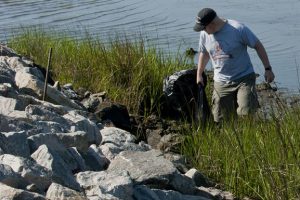
2014 was a big year for reaching out to communities near and far for Optimal staffers. » Read more